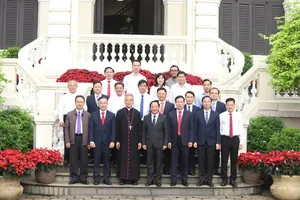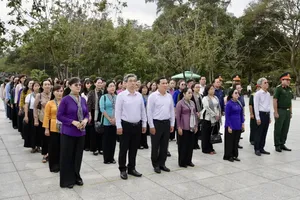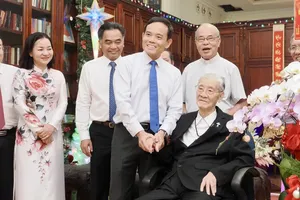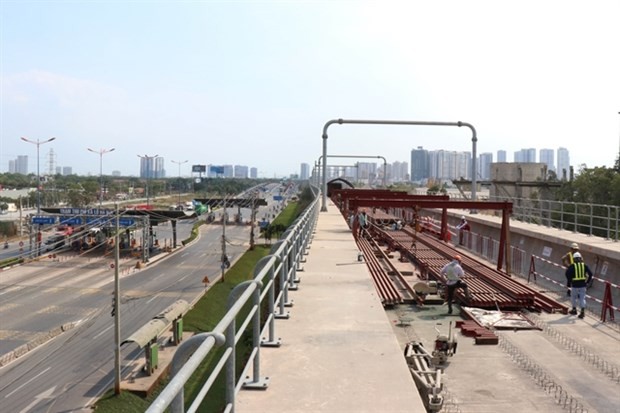
“A sustainable approach” workshop held recently in the southern city sought to seek feasible solutions for the development of transport and urban integration, and facilitate the participation of private developers in rail projects based on the TOD model through discussions among policymakers, investors and experts.
Lam said the city was facing two major challenges in the development process, namely how to attract investment for its remaining mass rapid transport (MRT) projects and how to encourage more people to using MRT services.
According to the city’s transport master plan, it plans to build a public transport system comprising eight MRT lines, three tram or monorail lines with a total length of about 240km and a bus rapid transit (BRT) network.
MRT No.1 between Ben Thanh and Suoi Tien and MRT No.2 linking Ben Thanh and Tham Luong and BRT No.1 are under construction and will start operating in the next few years.
Lam said the slow implementation of the projects was affecting the city's plans to meet public travel needs and development of its transport system.
“It is necessary to apply lessons from abroad to implement TOD projects.”
Neil Ronald Harvey, general director of global consulting firm Arup Vietnam, said leveraging TOD could help the city achieve a more sustainable, connected and green future, and generate significant progress towards achieving the United Nations Sustainable Development Goals.
“This could improve daily commutes in HCM City, and fundamentally reshape the city through better integration of land use with transport infrastructure and altering ingrained travel habits.”
This is a good time to bring together the public and private sectors to explore and advance TOD opportunities in the city, he said.
Arup’s experts are willing to share their experiences and insights into TOD in planning, financing and design, and offer recommendations and strategies, he said.
Associate Professor Nguyen Quoc Hien, director of the Management Authority for Urban Railway’s project preparation and investment unit, said the city should diversify investment sources.
“Public-private partnership (PPP) is the best option for the city in implementing major projects.”
Urban development and plans around metro terminals could help attract more real estate investment, he added.
Andy Hodgson, principal – advisory, planning and design at Arup, said TOD was often focused on practical considerations for the developer such as footfall, location, look and feel, uniqueness and commerciality.
Successful city planning is therefore about developing a common objective between city planning and the strategies of investors and developers, he said.
“This means striking the right balance of direct and indirect government revenue streams for development around transportation infrastructure.”
There are a number of opportunities that the Government can leverage to support financing of new infrastructure, including direct value (PPP, master developer), and indirect value (property and land tax, developer contributions, betterment charges, tax increment financing), according to Hodgson.
“Ultimately there is no one-size-fits-all approach, with cities taking many different approaches concluding in varying degrees of success.”
In the HCM City context, there was a need for co-ordination around a clear development plan delivered through commercially and economically distinct zoning that was activated by transit, he said.
The key then would be balancing short- and long-term revenue streams to catalyse the right type of development for the city, he added.
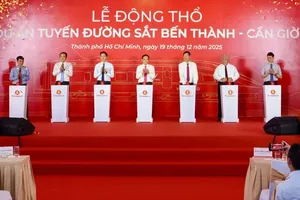



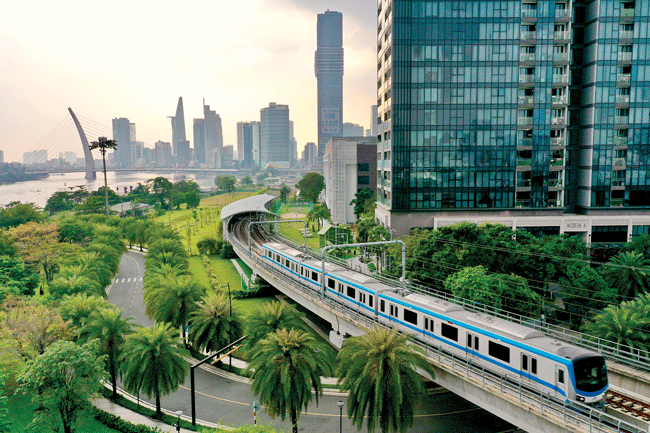
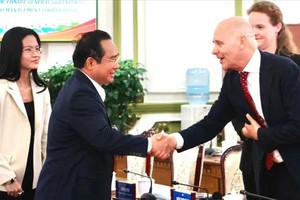


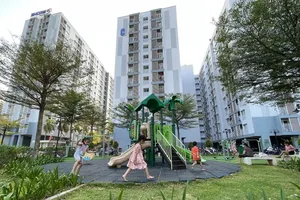
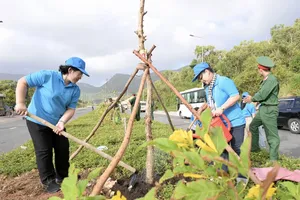
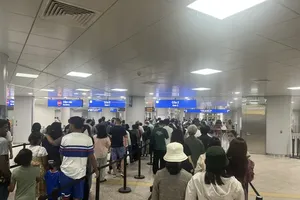
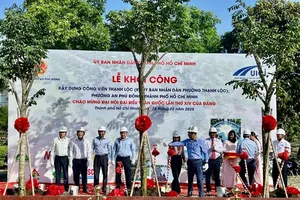
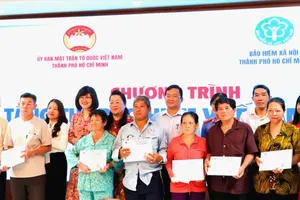
)

